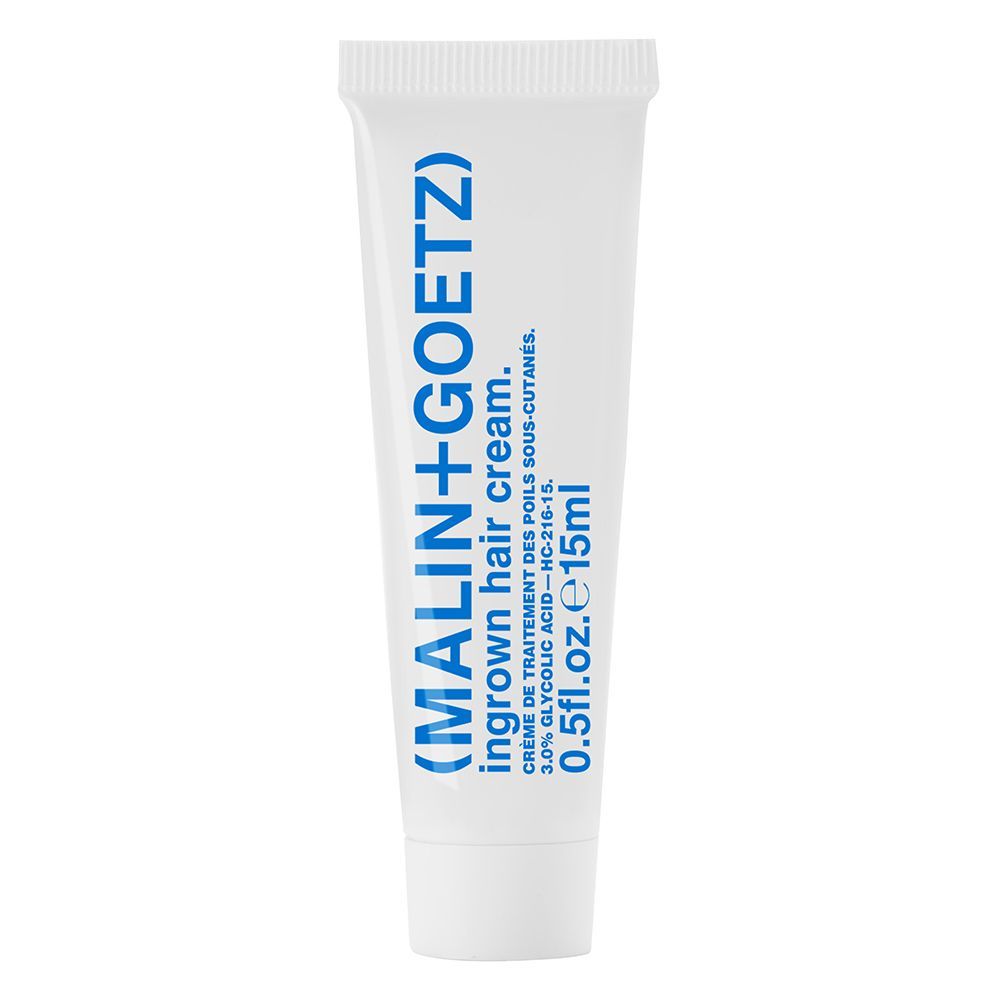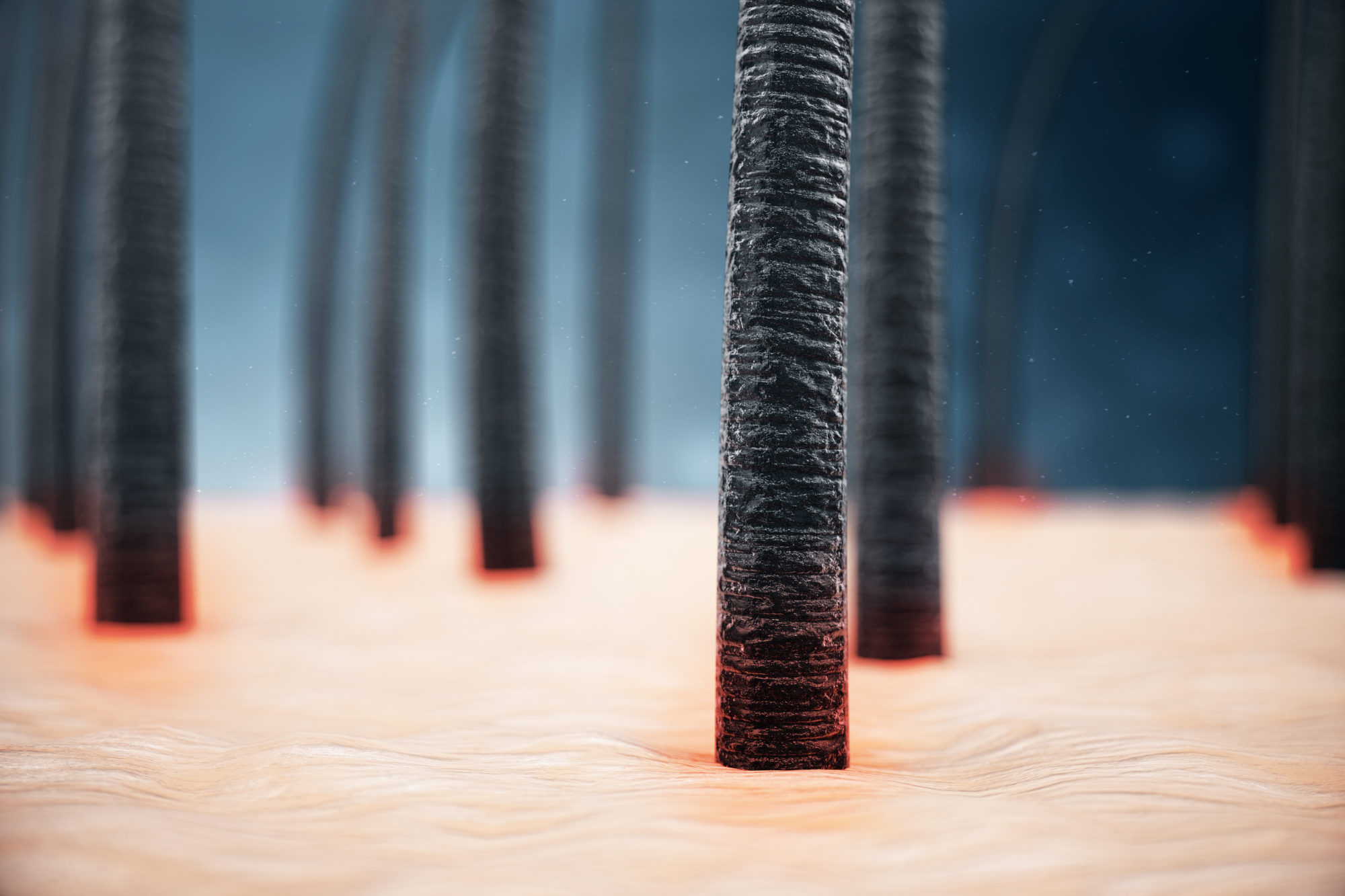Table Of Content
White spots that appear on your testicles aren’t always a cause for concern. If your symptoms last longer than a week or two, see a doctor or other healthcare professional for a diagnosis. You can help heal most pimples by applying benzoyl peroxide or salicylic acid to the affected area.
How to Treat an Ingrown Hair Cyst

The best defense against uncomfortable ingrown hairs on your scrotum or pubic area is better grooming habits. Hair removal is the most common cause of ingrown hairs on the scrotum area or anywhere else. Infected ingrown hairs can be uncomfortable, but most clear up on their own in 7–10 days with good hygiene. When new hair forms, if the hair follicle is closed up, hair can't grow out of the follicle and through the skin. Friction caused by wearing tight clothing for extended periods of time can also cause ingrown hairs.
Prevention
Some people may not have any symptoms of an ingrown hair, whereas others may find the area itchy and painful. If an ingrown hair is not due to an infection, people may be able to see the hairs under a thin layer of skin. Ingrown hairs are a result of damage to the hair follicles. Also make an appointment to see your doctor if the bump grows larger over time, or you suspect you have genital warts or genital herpes.
How can I prevent ingrown hair?
Infections can develop around the ingrown hair, causing pus formation, discoloration and pain, though. If you see signs of infection, you should visit your healthcare provider. The best way to prevent ingrown hairs is to avoid shaving and waxing. If a person wants to remove hair, it may help to switch to a hair removal cream or laser treatment. This article explains what an ingrown hair cyst looks like and why these bumps form.
They can be small, swollen bumps where you shave, tweeze, or wax. Ingrown hairs on the scrotum are about as much fun as a root canal. Luckily, they’re fairly easy to treat and can mostly be avoided by adjusting your grooming routine. The results of electrolysis and laser hair removal are immediate. For mild cases of folliculitis, a doctor may recommend a short course of oral antibiotics and a cleanser, such as Hibiclens or a benzoyl peroxide wash.
Your doctor may do a full STI-screening test to rule out other possible causes. If these results come back negative, your doctor may look for other possible explanations. These include an ingrown hair, blocked oil glands, and cysts. One ingrown hair may form a cyst — a red, yellow, or whitish lump beneath the skin.
Ingrown Hair Symptoms
An infected ingrown hair — also known as folliculitis — typically looks like a bump, a hard lump, or a cyst under the skin. If the cyst looks infected or didn't go away after you tried at-home treatment, see a healthcare provider. They can give you antibiotics and other treatments to keep the infection from spreading and prevent scarring.
11 Best ball hair trimmers 2024: For tidier nether regions - British GQ
11 Best ball hair trimmers 2024: For tidier nether regions.
Posted: Tue, 13 Feb 2024 08:00:00 GMT [source]
If your condition doesn’t improve within a week, talk with a healthcare professional. They may recommend prescription antibiotics, such as cephalexin (Keflex) or doxycycline (Vibramycin). Pimples develop when dead tissue or oil gets stuck in your pores, causing a blockage. This allows bacteria to grow and fill the pore with infected pus. Infected pus is what makes the head of a pimple appear white.
Individuals who get ingrown hairs on their necks from shaving may switch to trimming instead. Problematic pubic hairs can be cut short instead of removed entirely to help prevent ingrown hairs. There are also a few products and treatments available to prevent these ingrown hairs.
If the infection is deeper, such as in the case of a furuncle, then incision and drainage may be necessary in addition to the antibiotics. STIs can lead to long-term complications if left untreated, so it’s important to get medical attention if you suspect this to be the cause. Although folliculitis can be itchy, it usually isn’t harmful unless it results from an infection that goes untreated. Sometimes, these common bumps can be difficult to distinguish, even by trained medical professionals. They may use one or more medical tests to make a diagnosis.
It might be possible to see the hair trapped within the skin. This article explains how ingrown pubic hair cysts form, how to identify and prevent them, and when to contact a doctor. The American Academy of Dermatology recommend people stop shaving, plucking, or waxing for 30 days if they cause ingrown hairs. Never pick or pop an infected ingrown hair, as this also increases the risk of complications. Keep reading to learn how to recognize an infected ingrown hair, as well as tips for treating and preventing them. Home remedies can often treat ingrown hairs, even if the affected area becomes infected.
People who experience ingrown hair over large areas may require medical treatment as well. Infected ingrown hairs, when left untreated, can lead to further bacterial or fungal infection. Severe infections can lead to the formation of painful and large genital boils or swollen lymph nodes. Severe infections can also cause the pubic and groin area to develop dark or raised scars.
The most common symptom of an ingrown hair is redness and inflammation of the skin. However, each individual may experience symptoms differently. The symptoms of an ingrown hair may resemble other skin conditions. Always talk with your healthcare provider for a diagnosis.

No comments:
Post a Comment